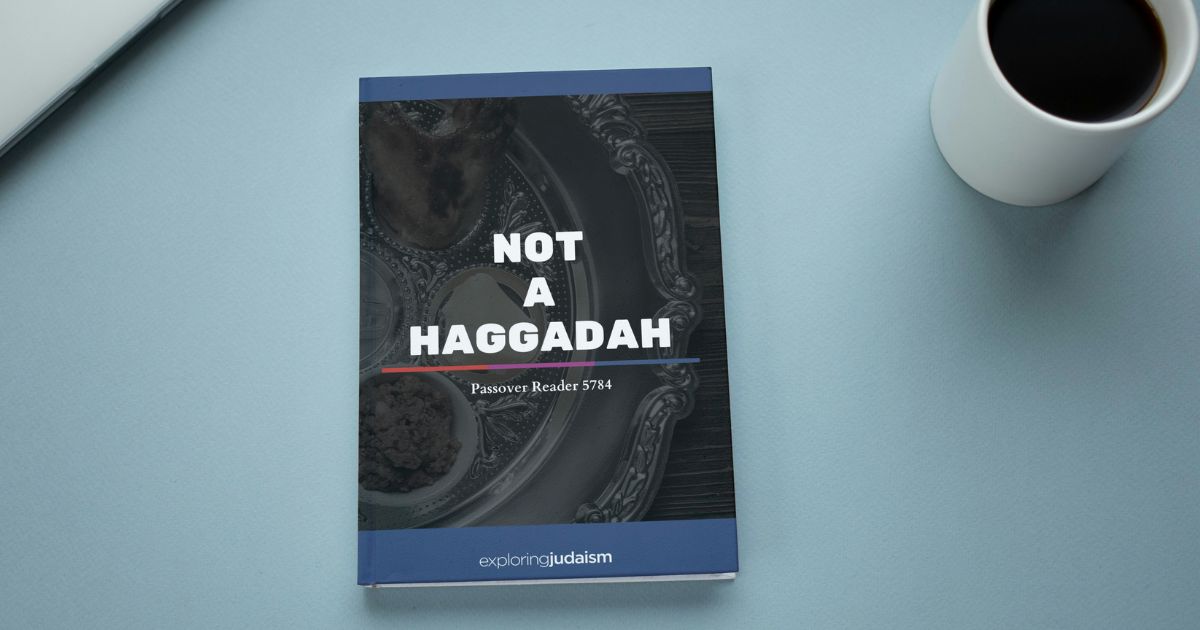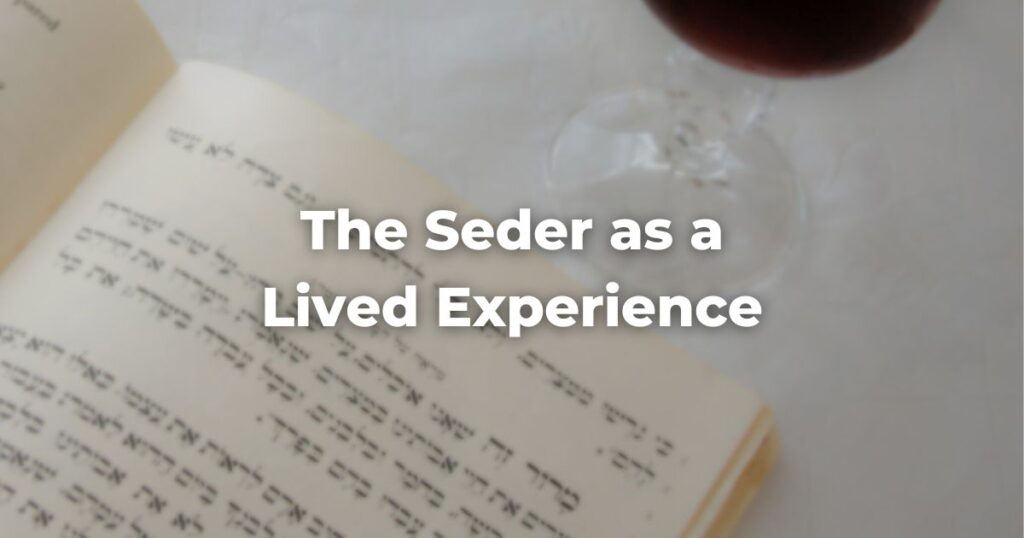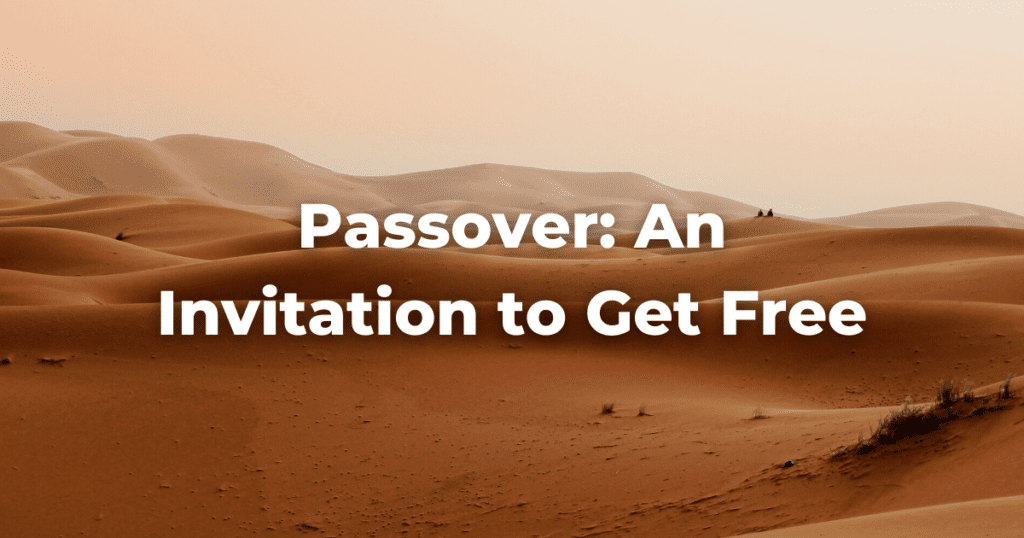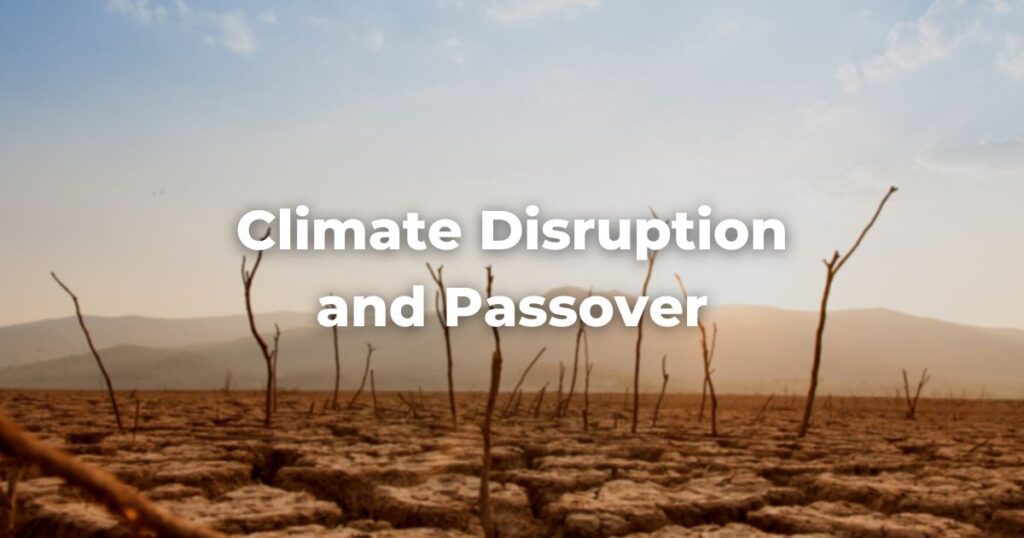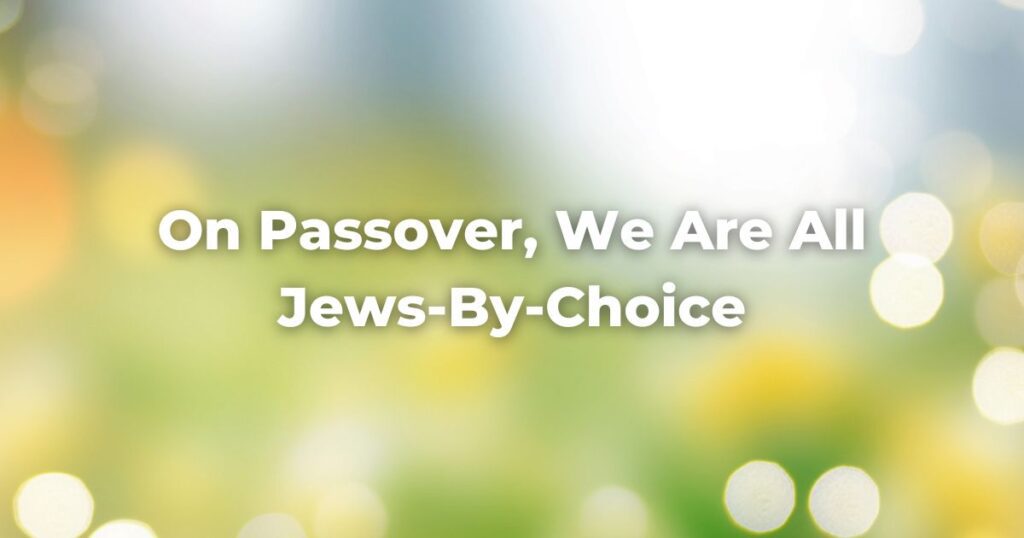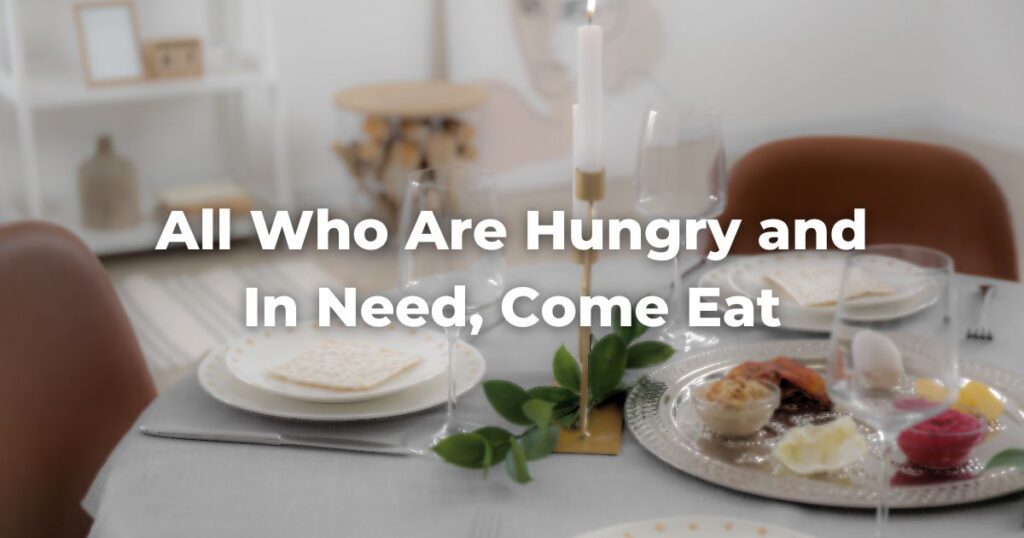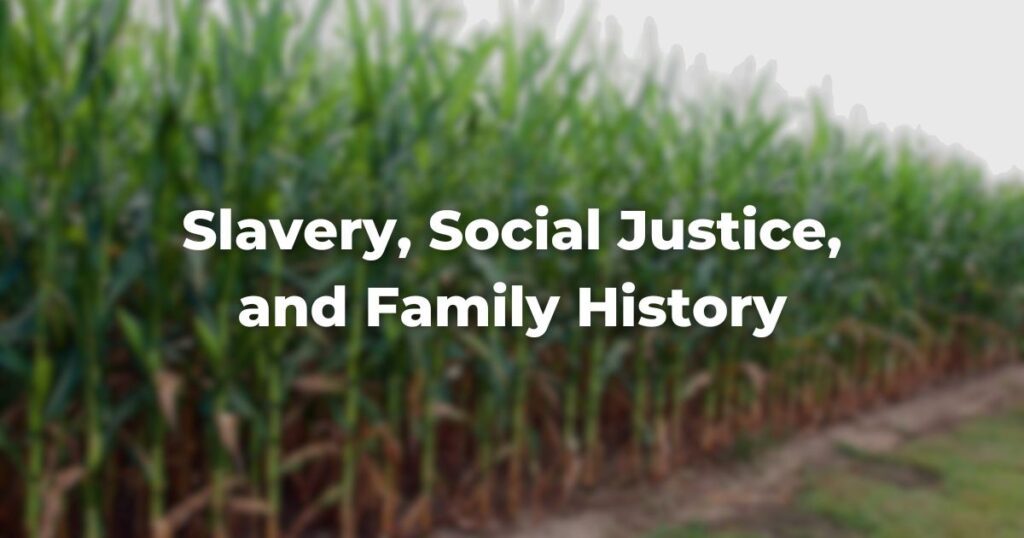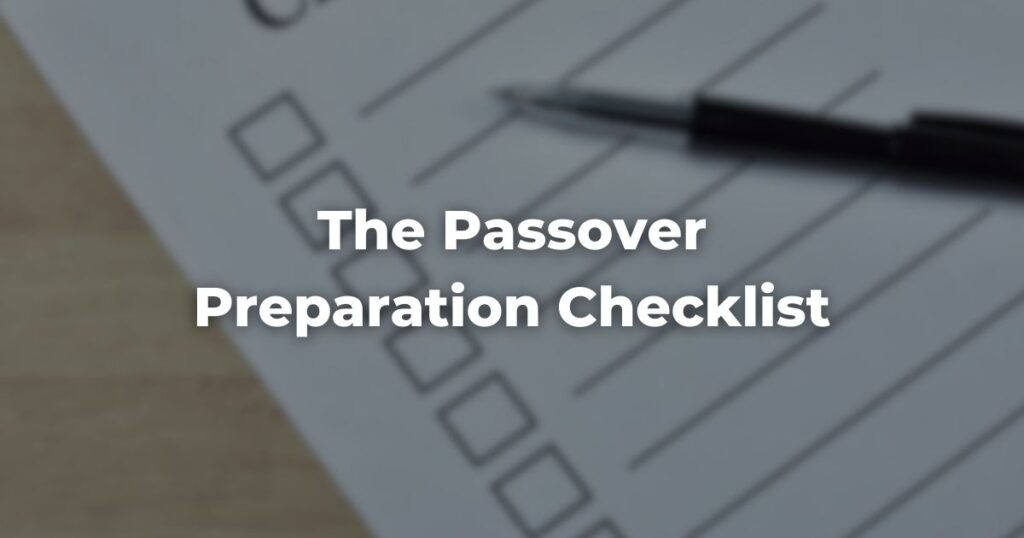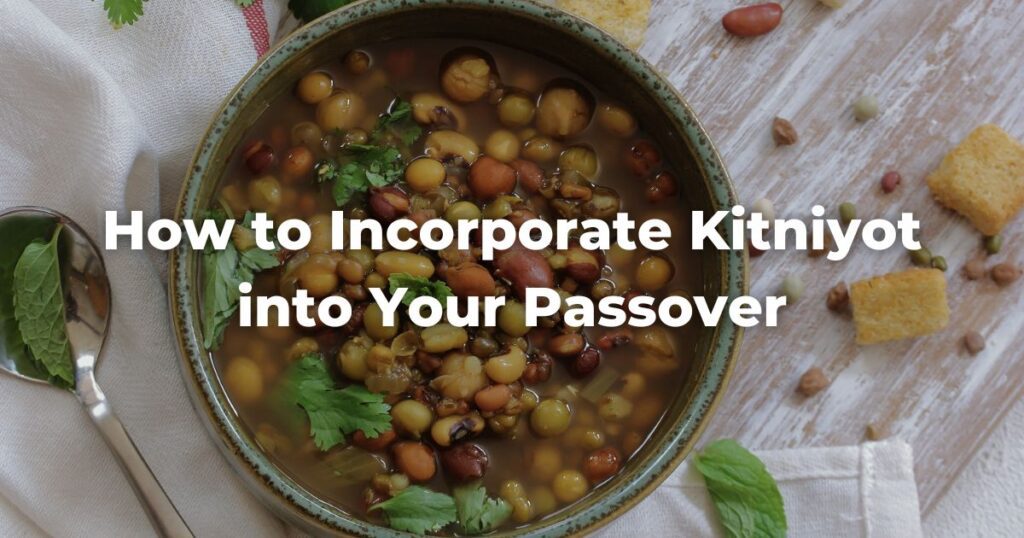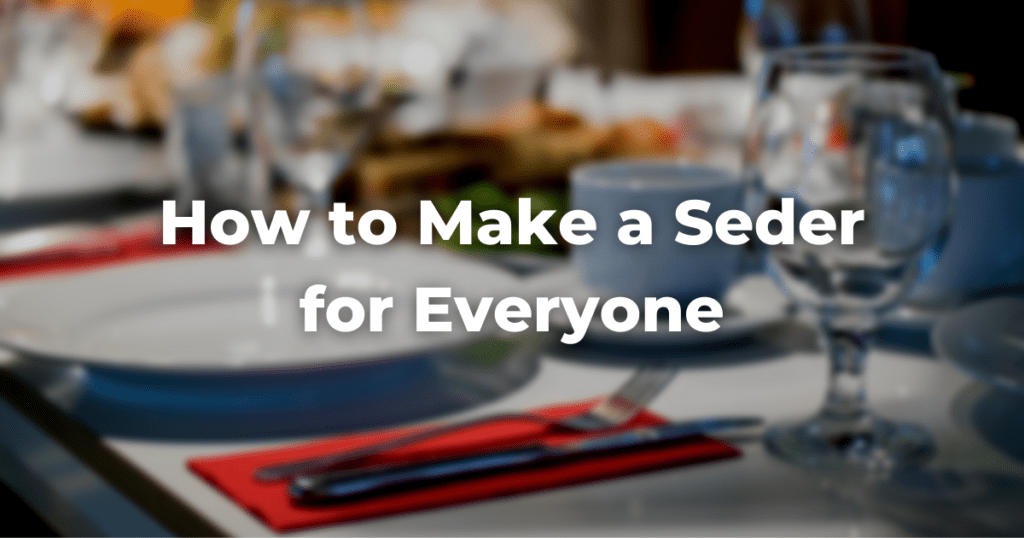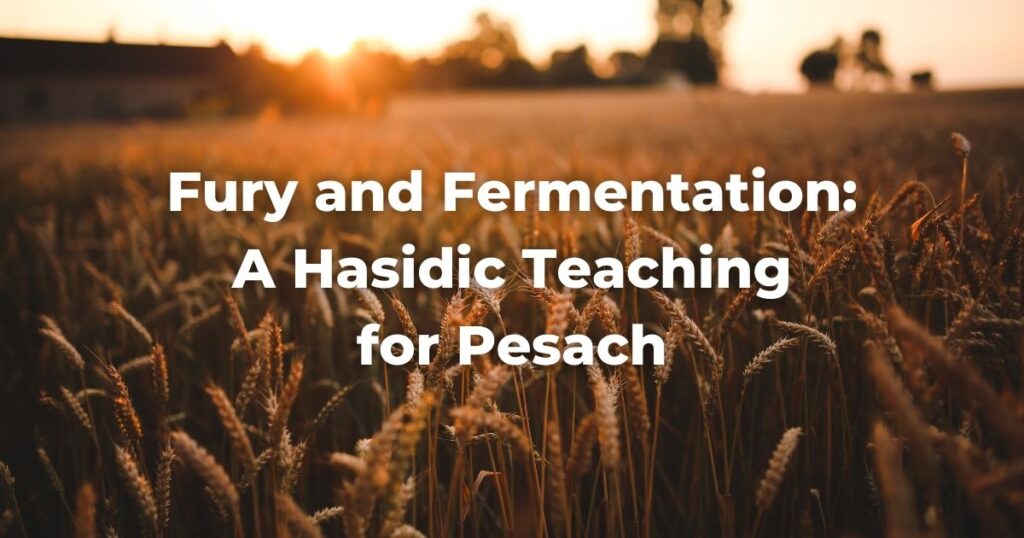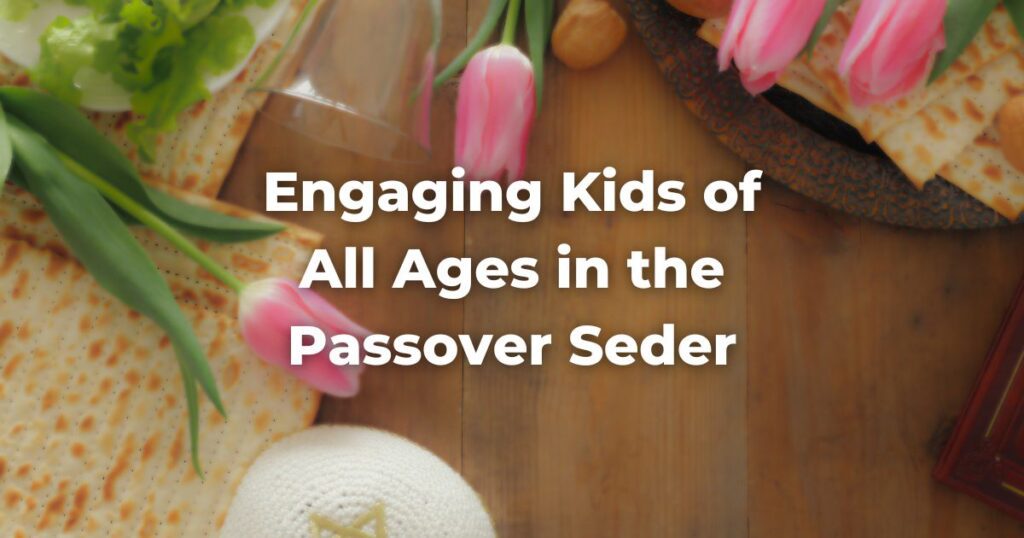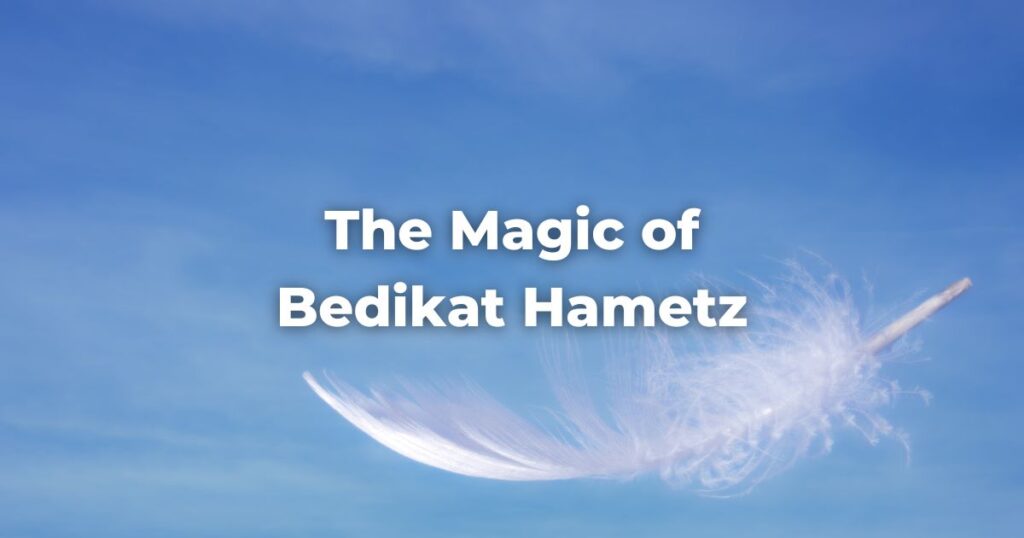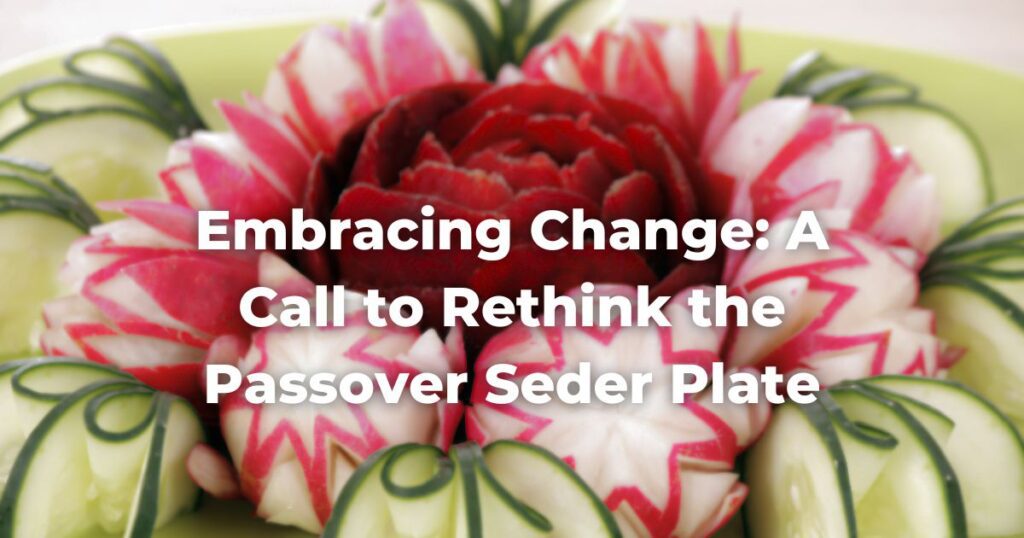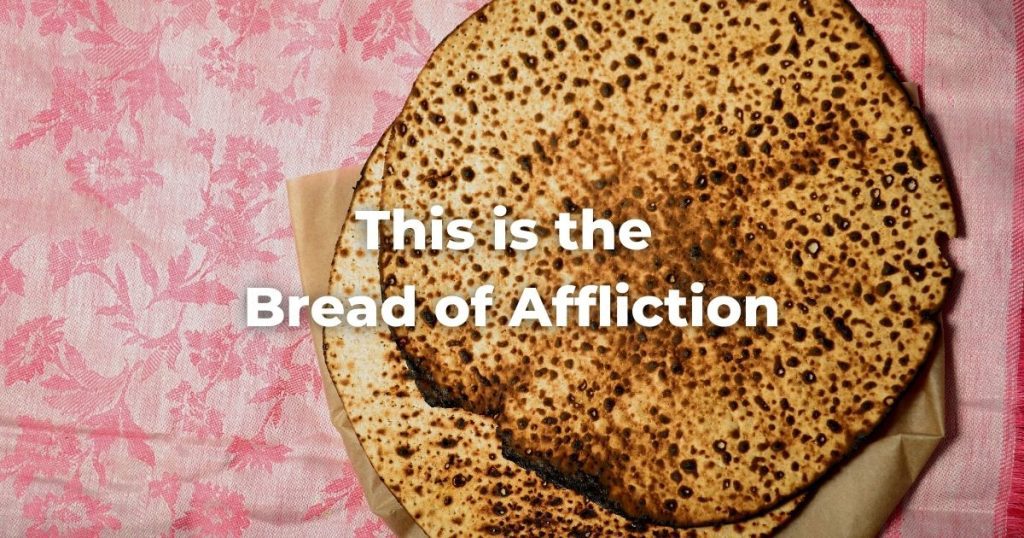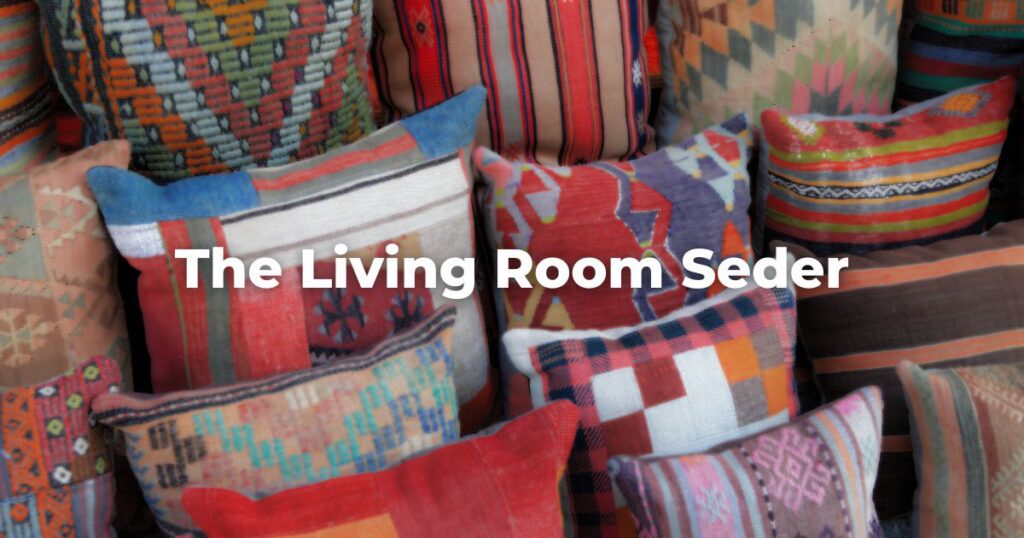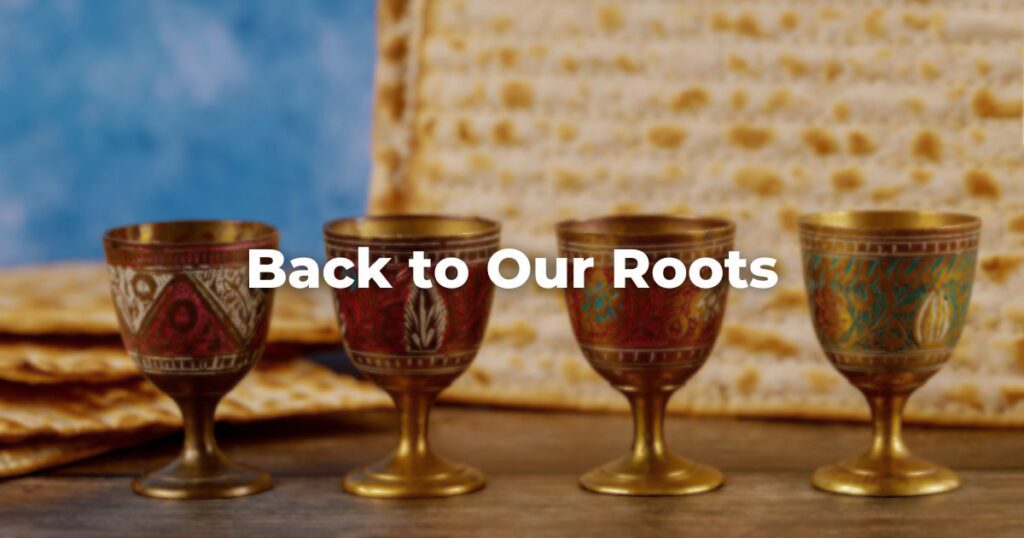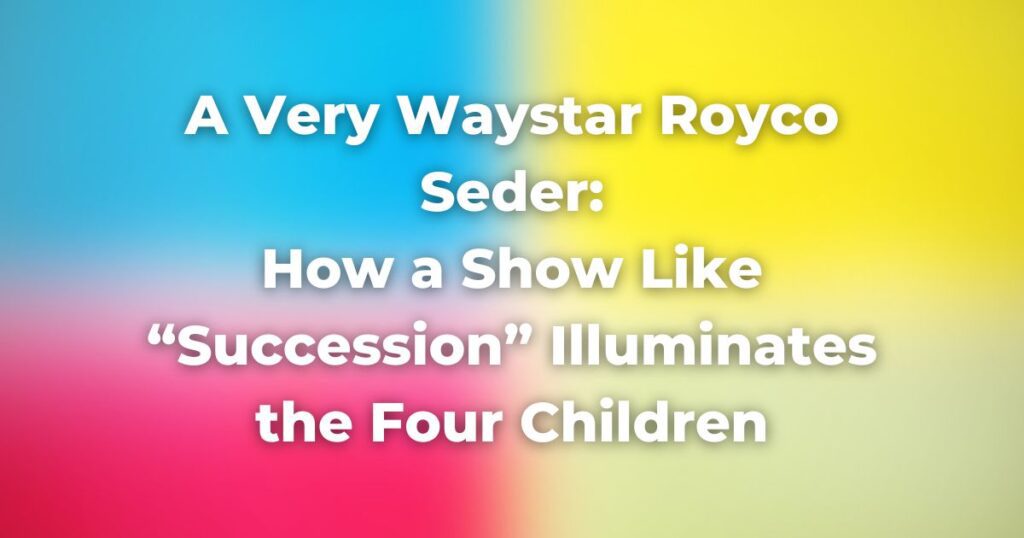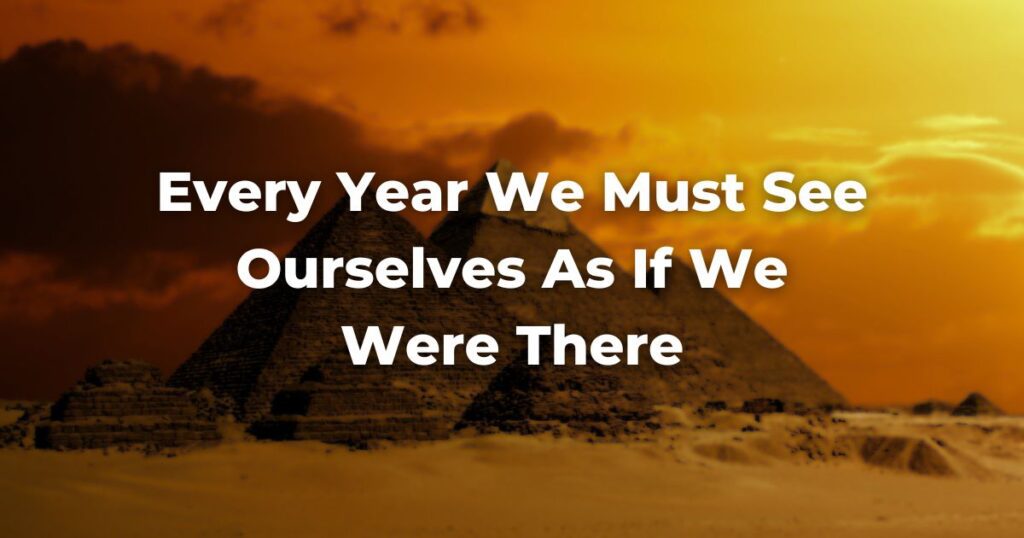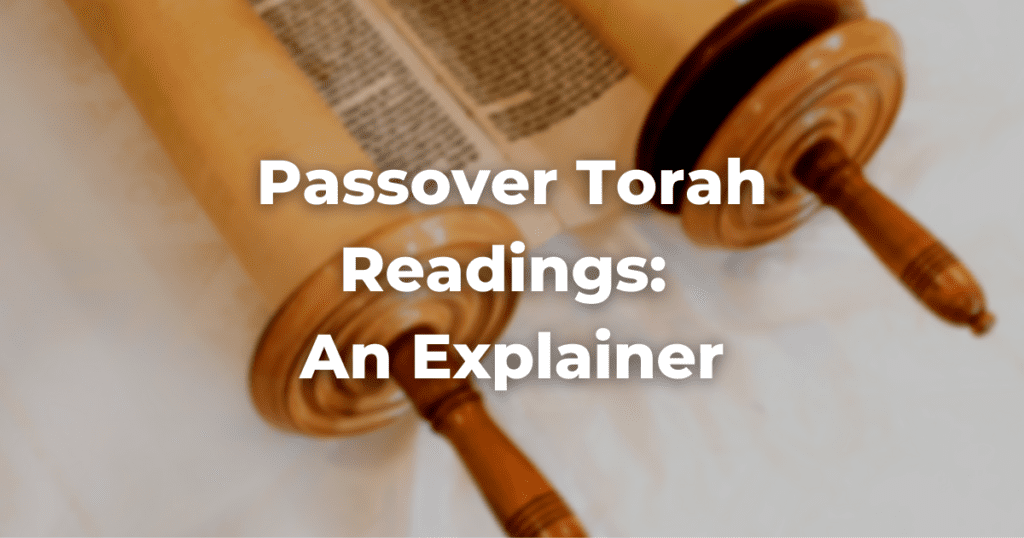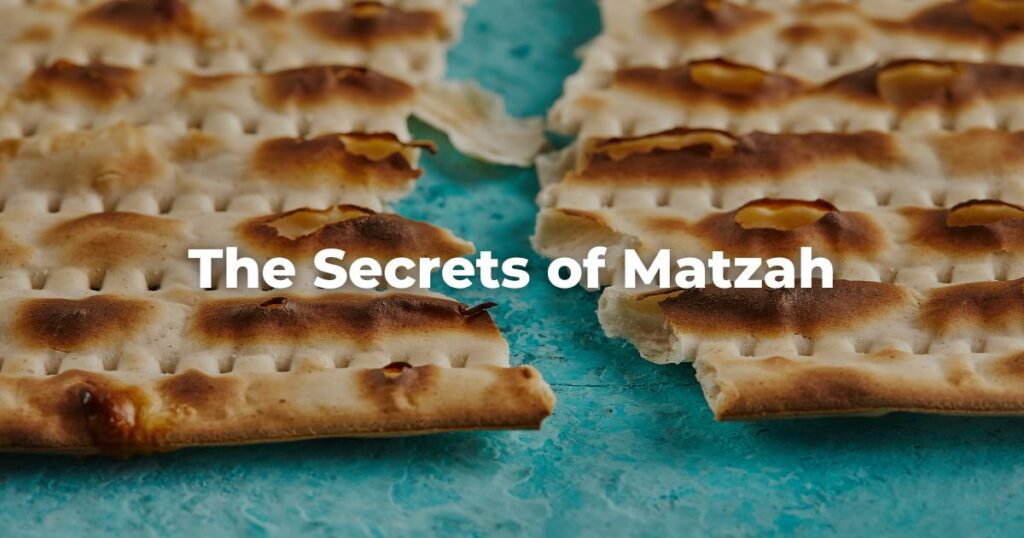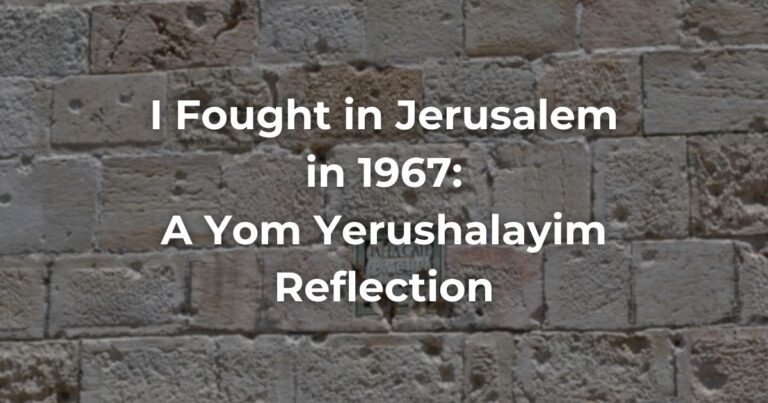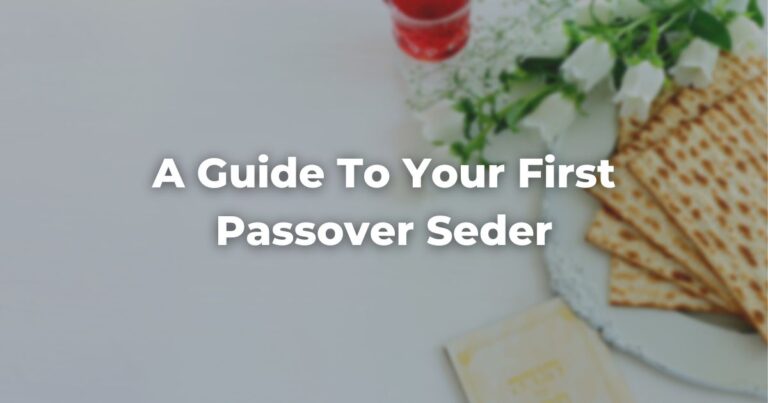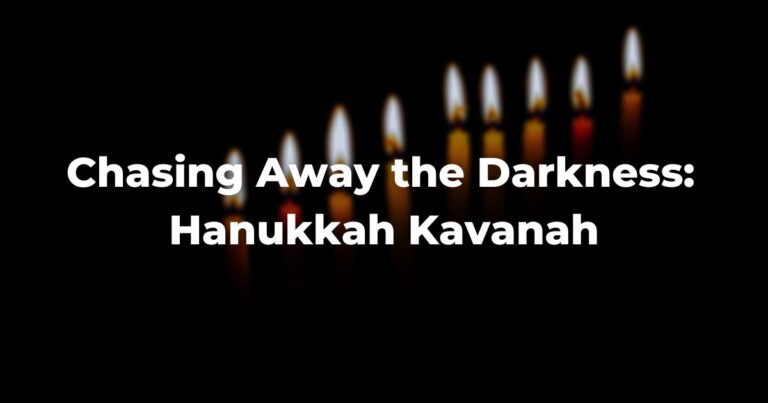Passover is a powerful story of redemption and liberation. One of the core ways we orient ourselves to those themes is with an organized story, the Passover Seder.
This year (2024/5784), we are excited to publish a Passover Reader to help you prepare for the holiday and enhance your seder experience.
We think anyone can have a meaningful Passover, and that means you.
There are a number of ways you can get the reader!
First, you can purchase a physical copy on Amazon, by clicking the button below.
Second, you can download a digital copy, by clicking the button below.
Second, you can download the ebook for free by filling out the form below. We’ll email you the file!
Third, you can find all of the essays for free below!
We use the Seder as a lived experience by reenacting the exodus, not just recounting it. Therefore, we can all connect to Passover.
Spiritually preparing for Passover not an intellectual exercise. It’s a spiritual invitation to ask ourselves: am I willing to get free?
Let’s do more than remember our refugee origin story and include how climate change and disruption are leading to new refugees.
On Passover, we are all Jews-by-Choice when we choose to remember what it is that brings us together for the holiday.
Through the seder, we learn the importance of hospitality and inviting all who are hungry and in need, to come celebrate Pesach.
Reflecting on a “Pilgrimage to the South” on a Movement social justice trip as a Black Jew and how it has changed who I am.
We know that preparing for Passover can feel like a daunting task. With this handy checklist, you will be ready for Passover in no time!
Though the Conservative Movement has allowed eating kitniyot on Passover, many still do not. How can we incorporate kitniyot this year?
The key to hosting a successful seder for everyone is to articulate a bold purpose in gathering and map the journey.
Learn about fury and fermentation, the concept that our anger could be spiritual hametz during Pesach and all year-round.
Engaging kids of all ages in the Passover seder can feel daunting. Here are my top five tips for engaging everyone at the seder.
Use this guide to bring the magic of bedikat hametz to your children. It can be a fun ritual with your kids, of any age.
How and why can you create a plant-based seder plate? We embrace change during Passover, especially in rethinking the seder plate.
Dipping Karpas into salt water at the Passover Seder has a mysterious history that invites us to create new dipping and meaning opportunities!
This is the bread of affliction: Matzah adorns our Seder plates and nourishes our souls, as well—this food is fulfilling.
Hosting a living room Seder can allow us to experience a Seder closer to the way that the rabbis thought of it.
Learn about the Wicked Child of the Four Children by going back to our roots and looking at the meaning of the Hebrew word itself.
How can a show like “Succession” illuminate the Seder? Compare the Four Children of our haggadah with the four Roy children.
Current events help us understand why Moses couldn’t enter the Promised Land and remind us the importance of innocent lives.
What does “b’khol dor vador—in every generation” mean in light of the events of October 7? How does this connect us to Passover?
Every year at Passover, we must see ourselves as If we were there in Egypt and take on what that means for ourselves.
Though Pesach is thought of as the quintessential home-based holiday, the TorahRefers to the first five books of the Hebrew Bible, the Tanakh, also called the Five Books of Moses, Pentateuch or the Hebrew equivalent, Humash. This is also called the Written Torah. The term may also refer to teachings that expound on Jewish tradition. Read more is read on each of the mornings of Pesach in the synagogue.
There are so many secrets hidden away within Matzah that ask to be uncovered, offering us spiritual wisdom.
Author
-

Exploring Judaism is the digital home for Conservative/Masorti Judaism, embracing the beauty and complexity of Judaism, and our personal search for meaning, learning, and connecting. Our goal is to create content based on three core framing: Meaning-Making (Why?), Practical Living (How?), and Explainers (What?).
View all posts

